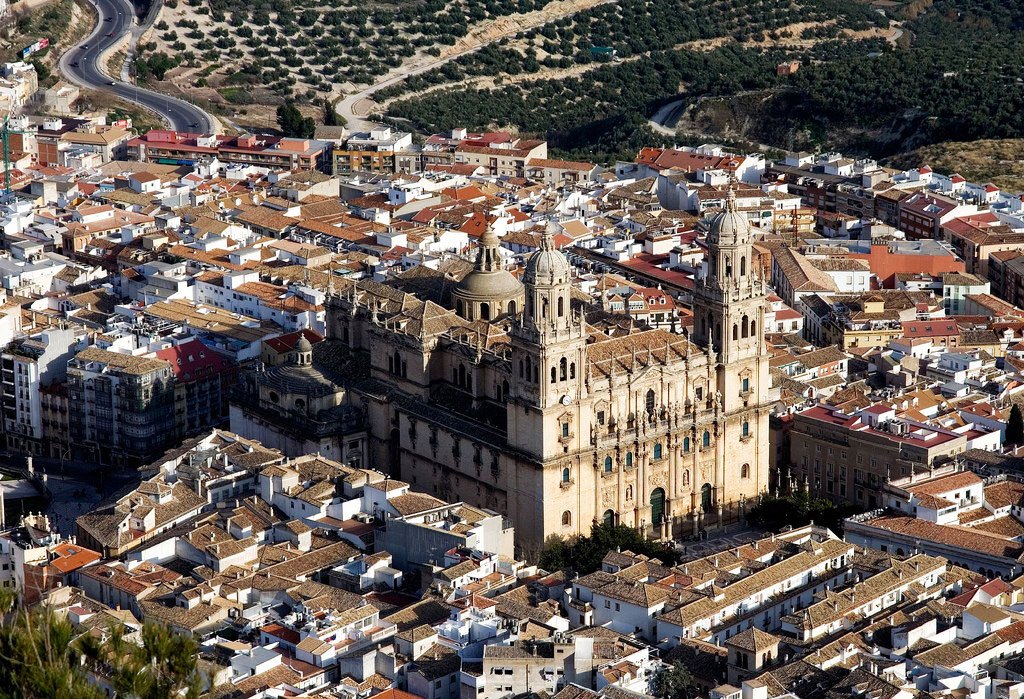
Un Saludo:)!
Back
Related articles
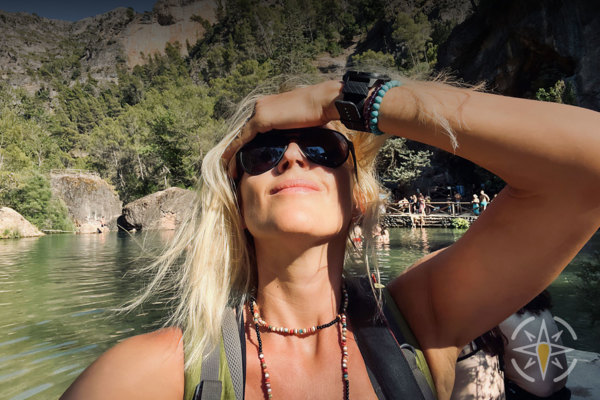
Jaen province is not usually imagined as a place for relaxing by beautiful lakes or rivers …
Read more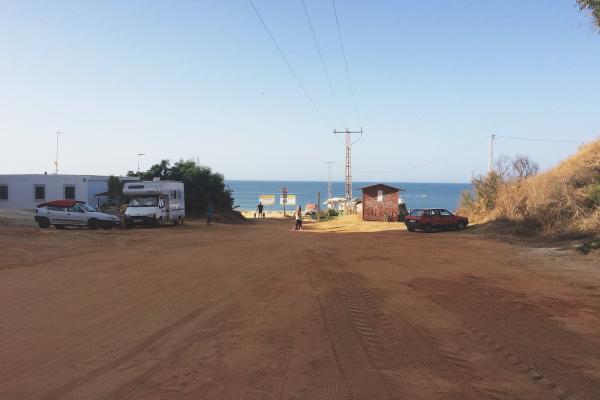
A free place to stay offering a stunning view of the ocean
Read more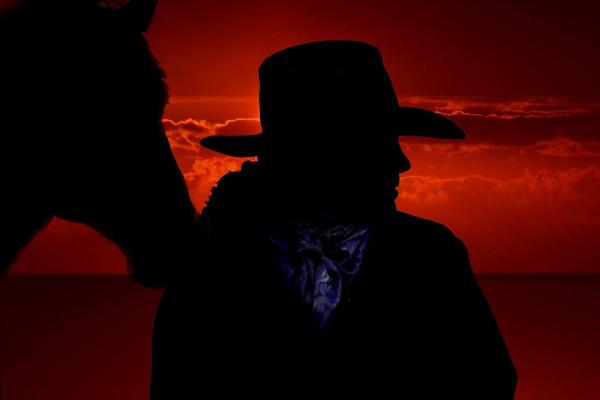
He is one of the most peculiar Spanish artists, who triumphed on the international stage.
Read more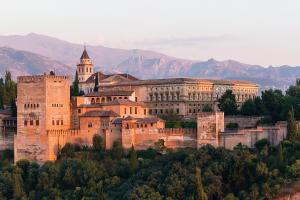
Quien no ha visto Granada, no ha visto nada - The one who hasn’t seen Granada, hasn’t seen anything
Read more